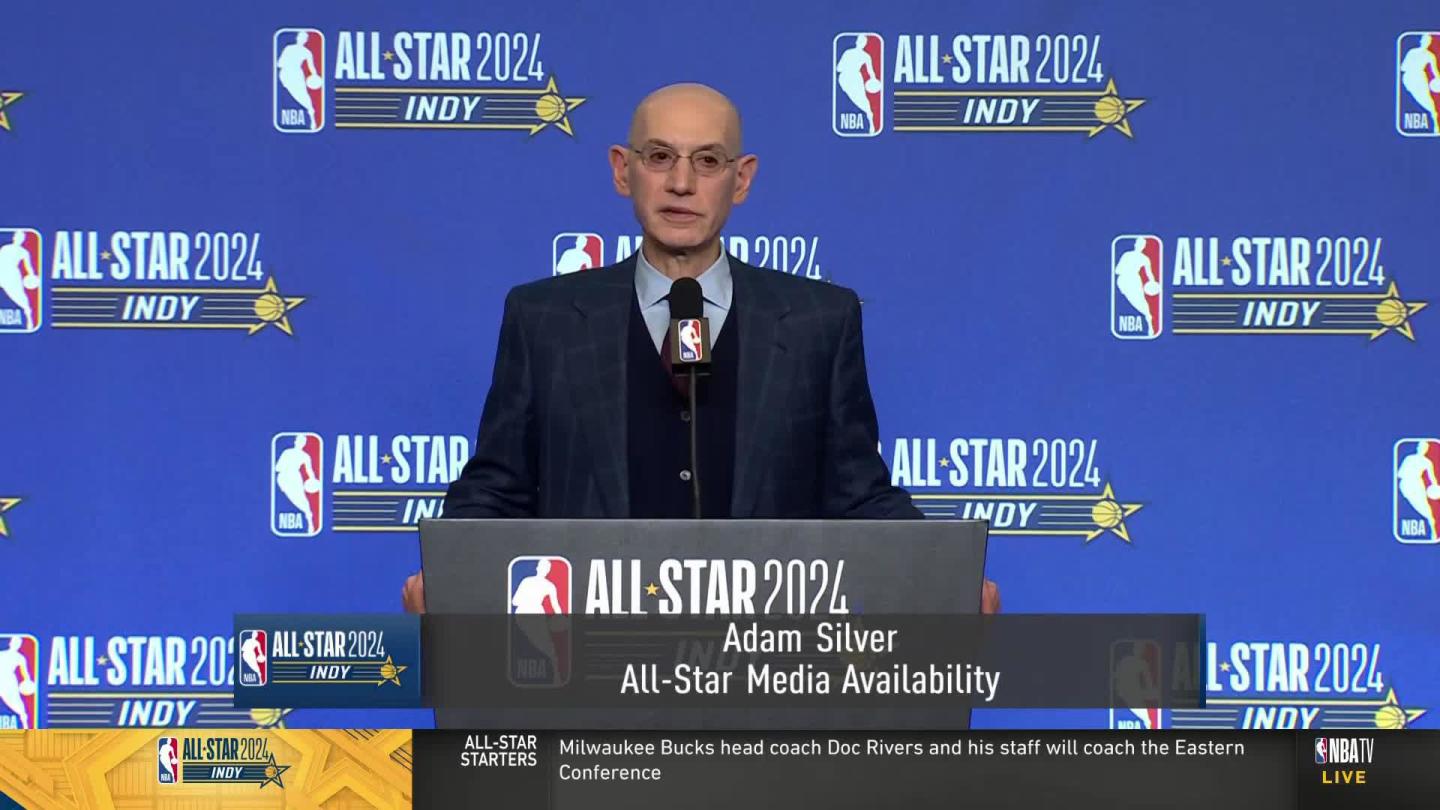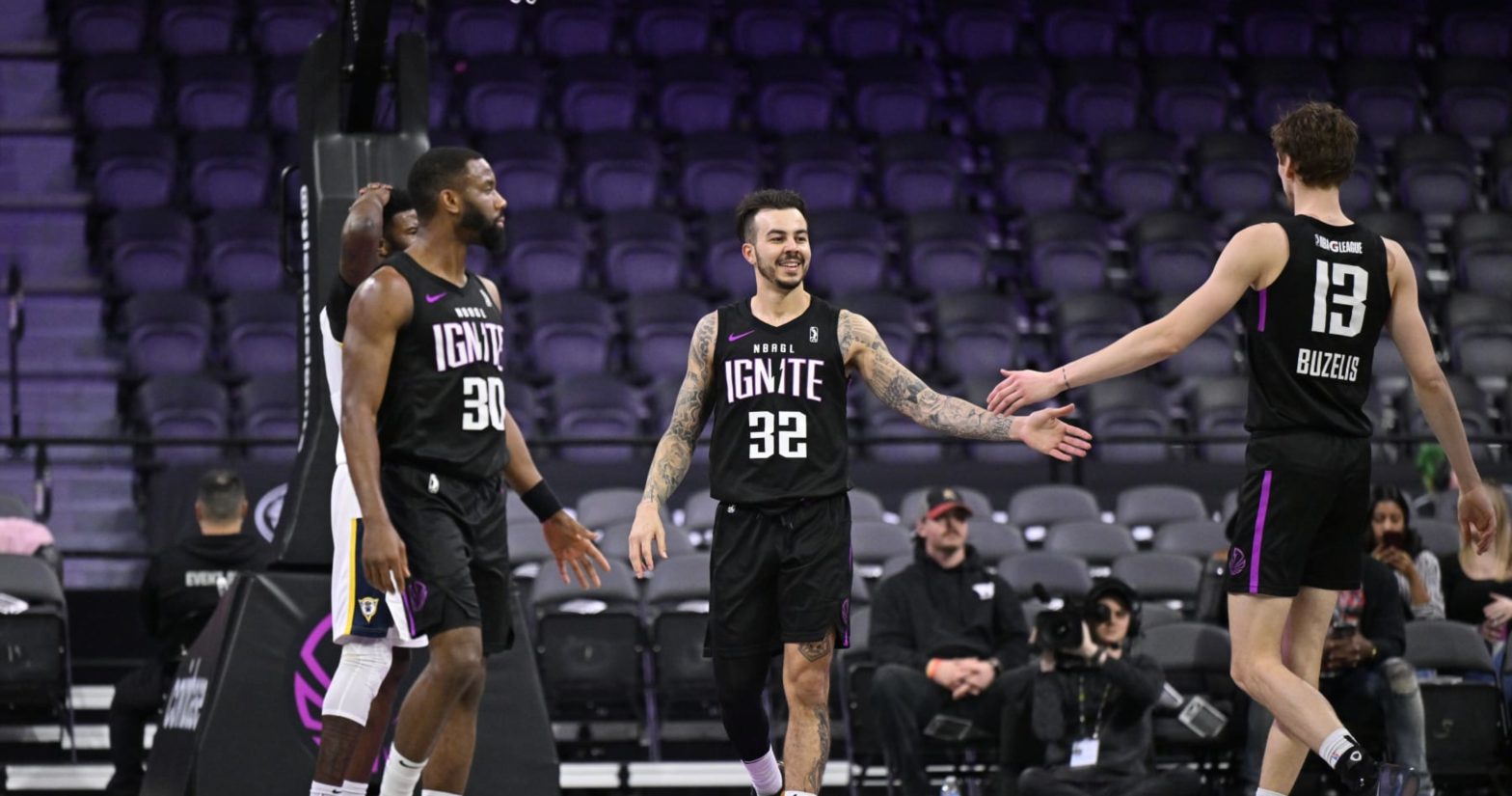The NBA’s G League Ignite faces an uncertain future, according to NBA commissioner Adam Silver, who announced the league’s intention to reassess the program amidst changes in college basketball.
With the recent introduction of name, image, and likeness (NIL) rights in college basketball, Silver noted that the landscape for young players has shifted.
Players who previously opted for alternatives like the G League Ignite to avoid the one-and-done college system now have opportunities for commercial deals, professional representation, and other benefits they sought outside of college.
Silver expressed uncertainty about the role of Team Ignite moving forward, acknowledging that the league initially filled a void in the market but now focuses on earlier player development.

Launched in 2020, the Ignite program offered compensation to potential NBA draft prospects, attracting top talents who sought financial incentives beyond what college basketball provided.
Notable Ignite alumni include Scoot Henderson, Dyson Daniels, and Jalen Green, who found success in the NBA draft after their stints with the team.
However, the landscape has shifted with the introduction of NIL deals for college athletes, exemplified by players like Bronny James, who commands significant valuation even before entering the NBA draft.
Apart from college and Ignite prospects, the NBA also draws talent from overseas, as seen with players like Victor Wembanyama from France, who was the top pick in the 2023 draft. With prospects now having multiple pathways to compensation and development, the Ignite’s relevance has been called into question.
Performance-wise, the Ignite team has struggled this season, posting a dismal record and ranking poorly in offensive and net ratings. This underperformance further underscores the need for a reevaluation of the program’s direction.
As college athletes can now balance education and financial opportunities, and overseas prospects also have avenues for development, the NBA must reassess the Ignite program to align with the evolving landscape of player development and compensation.
